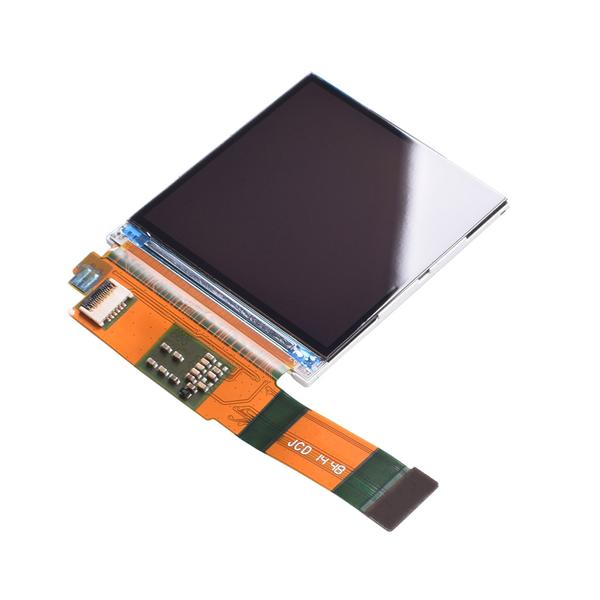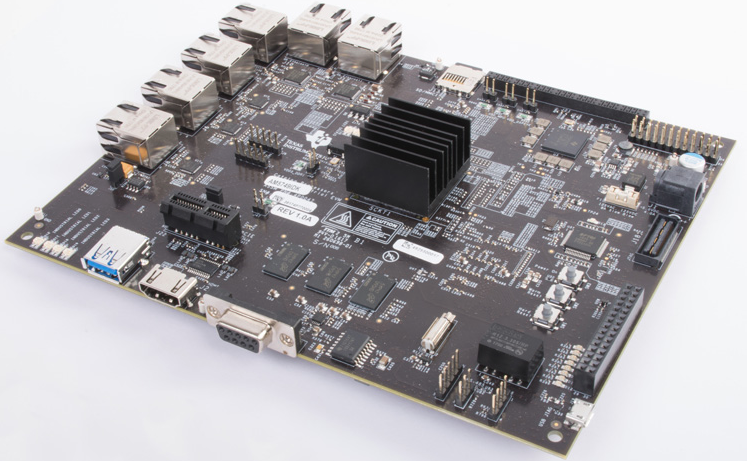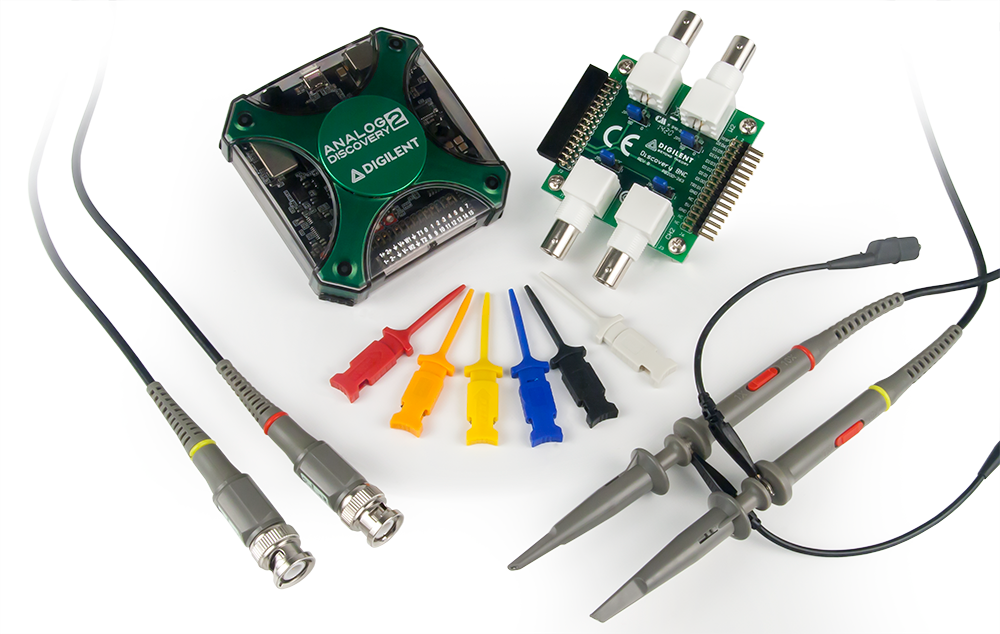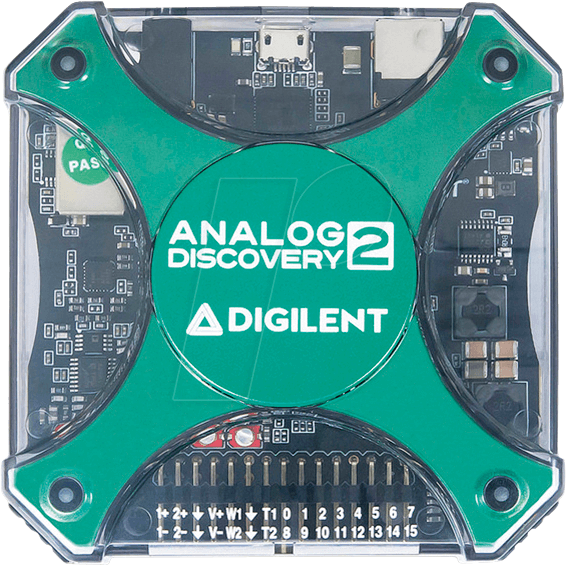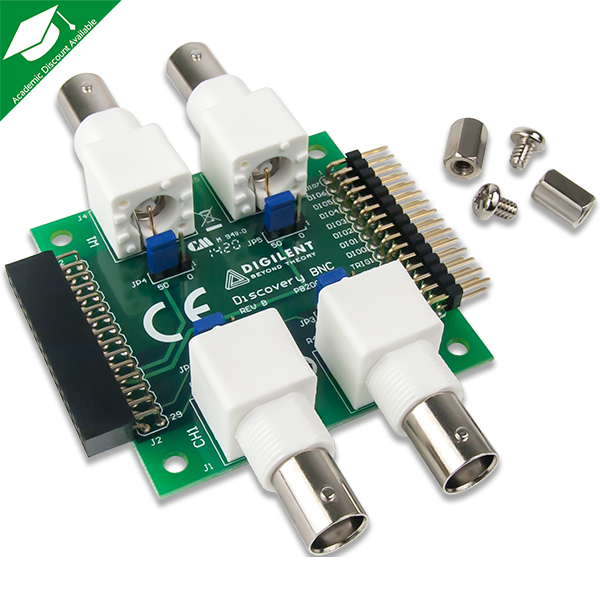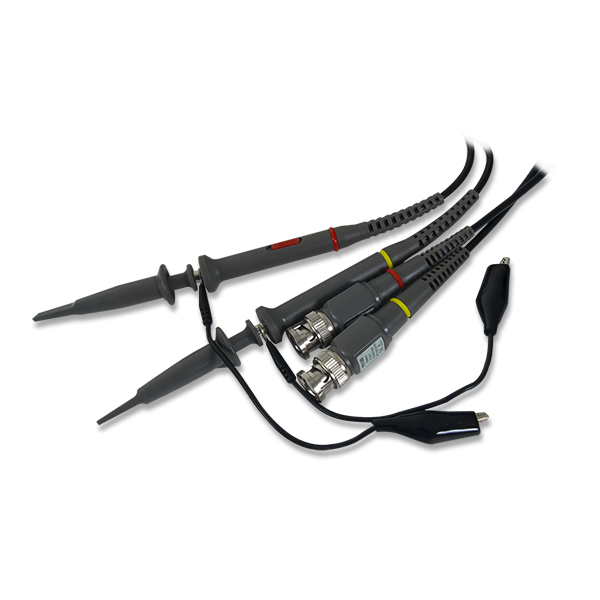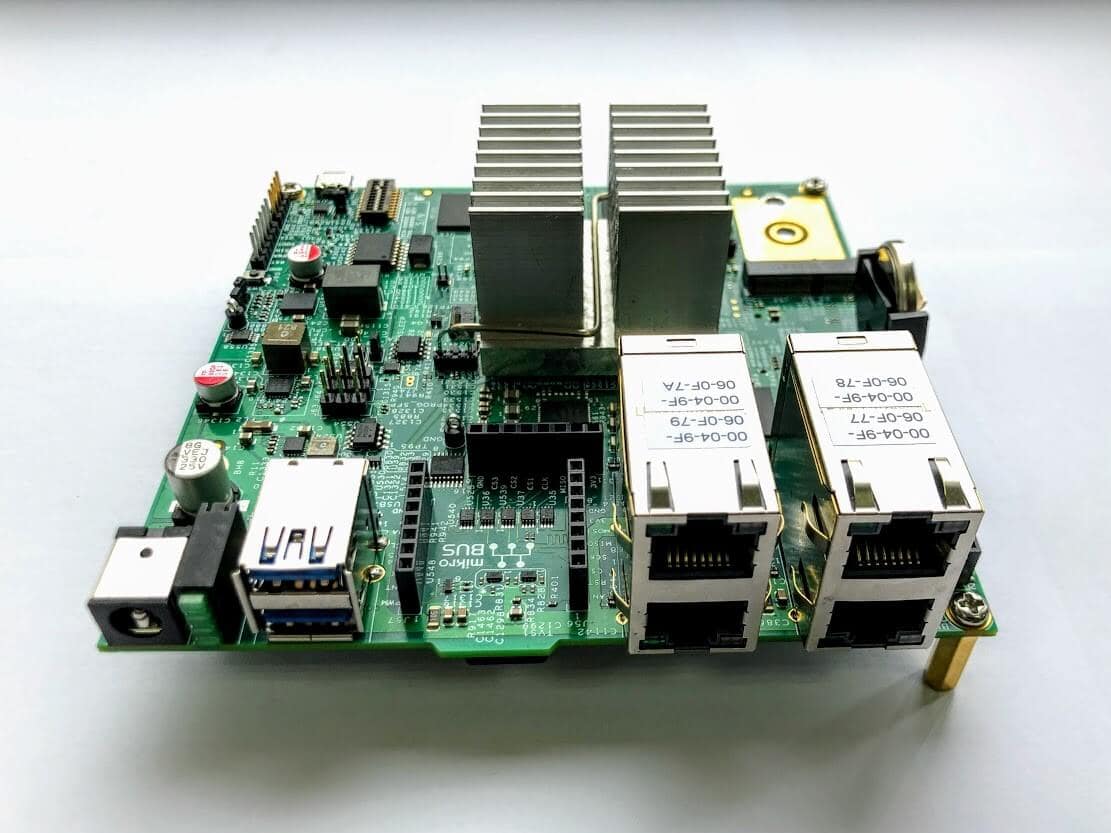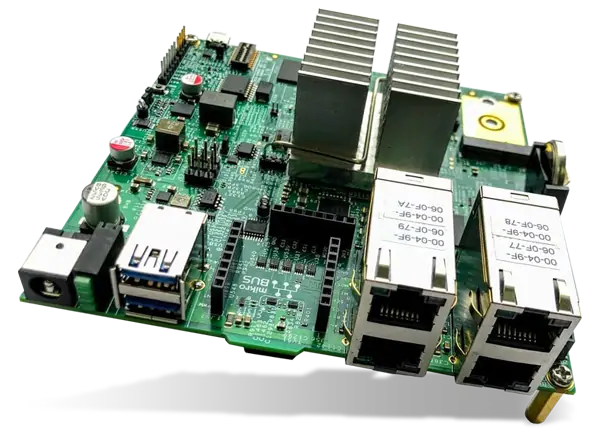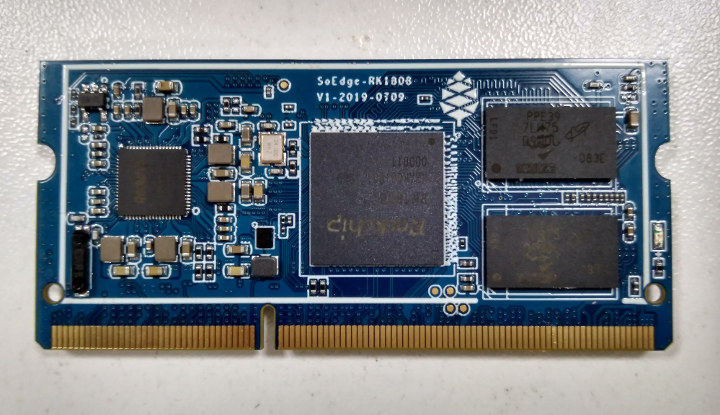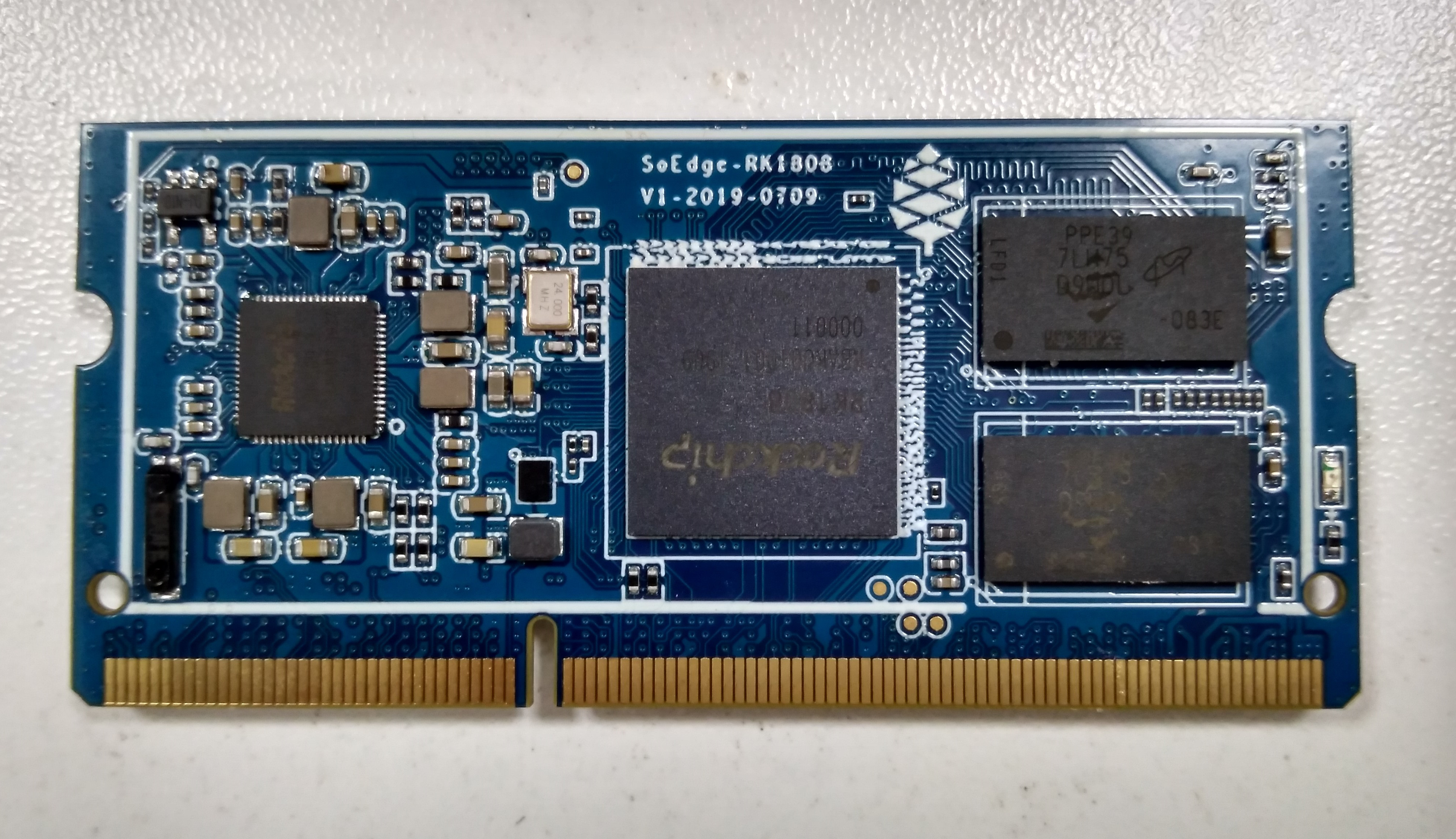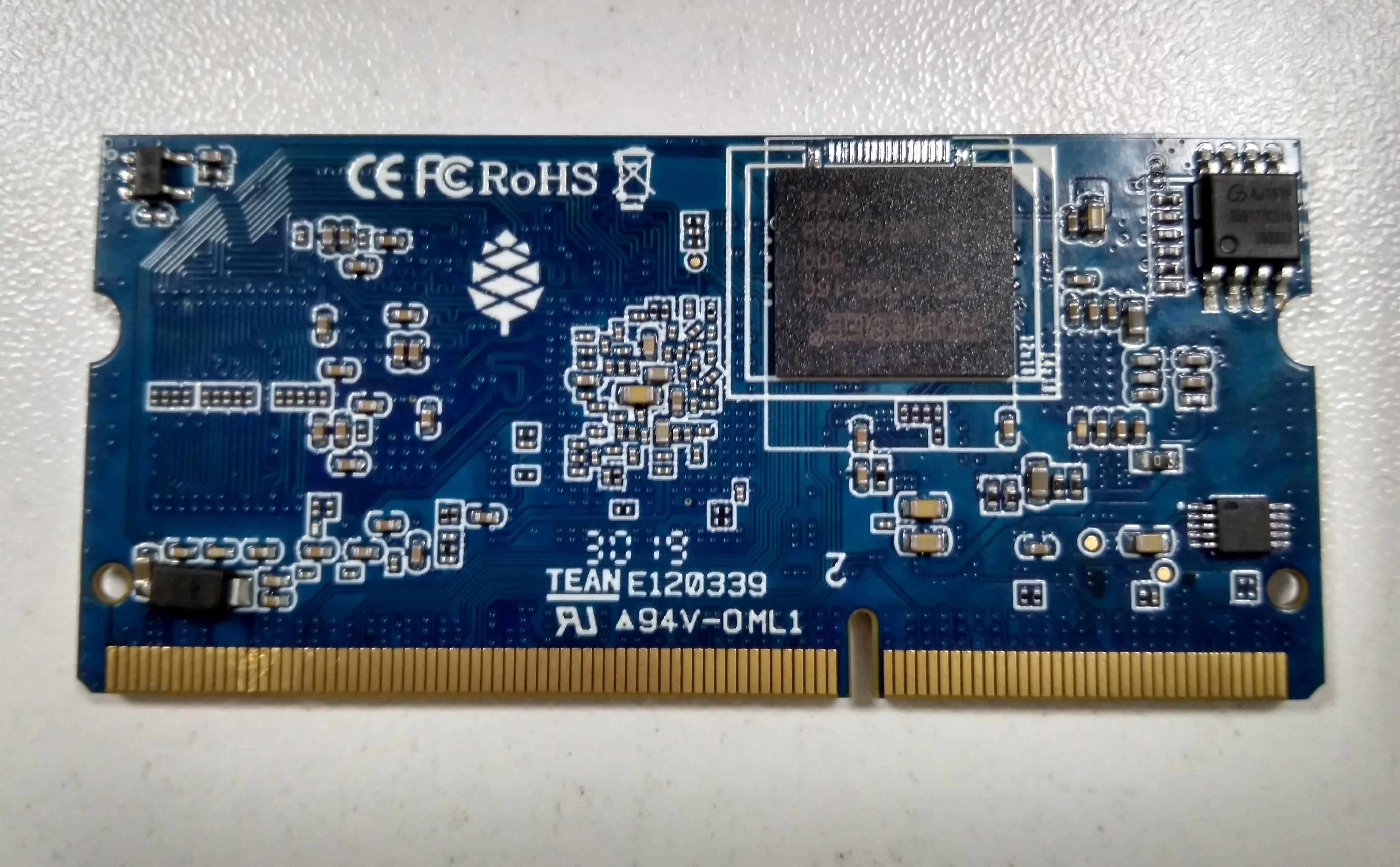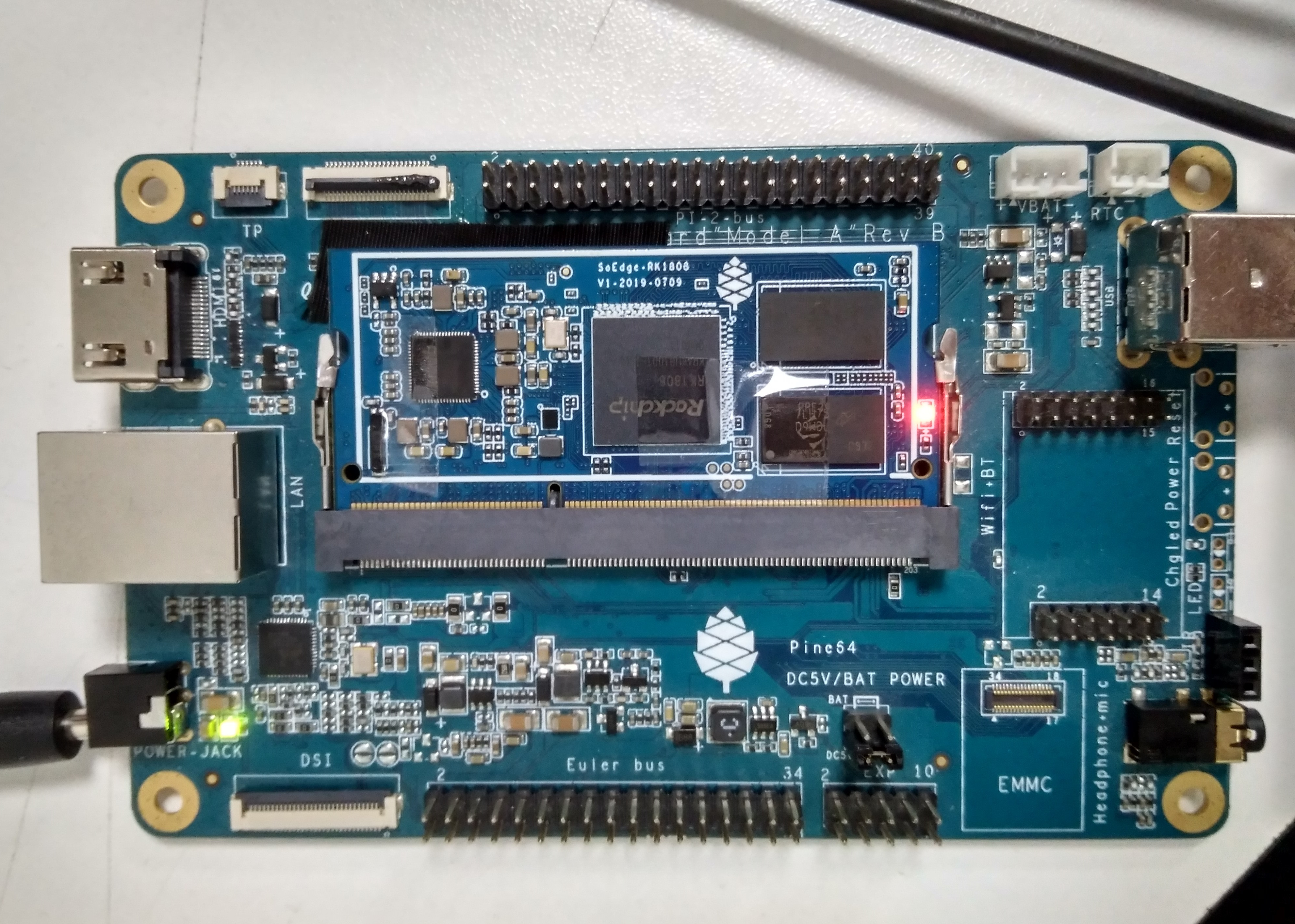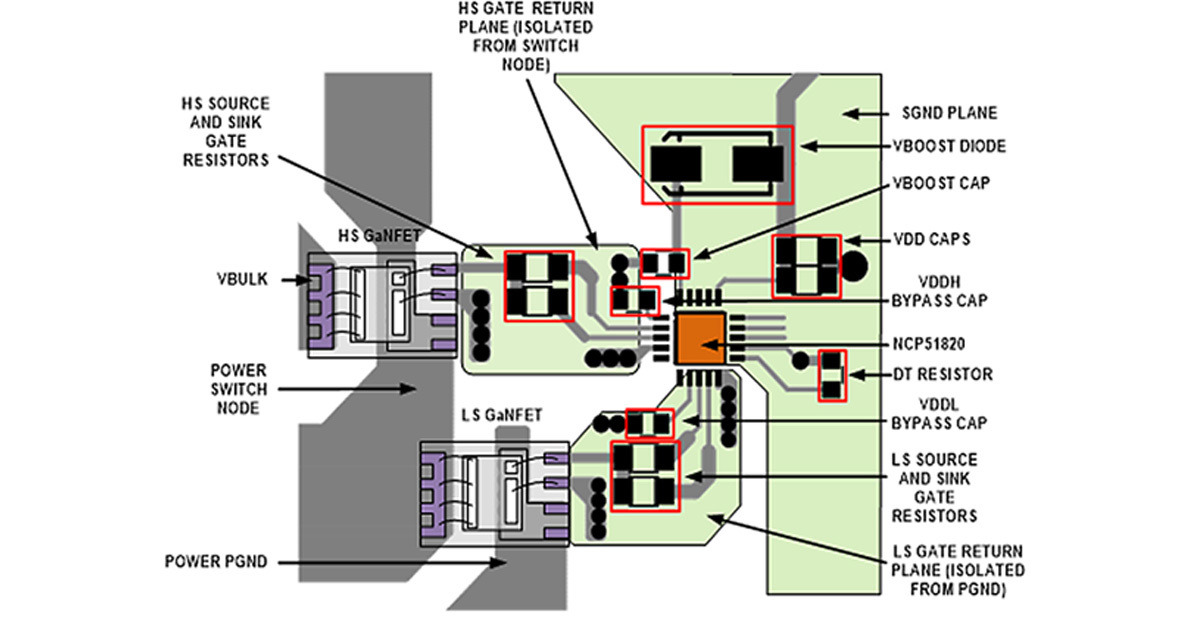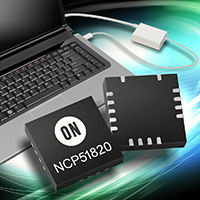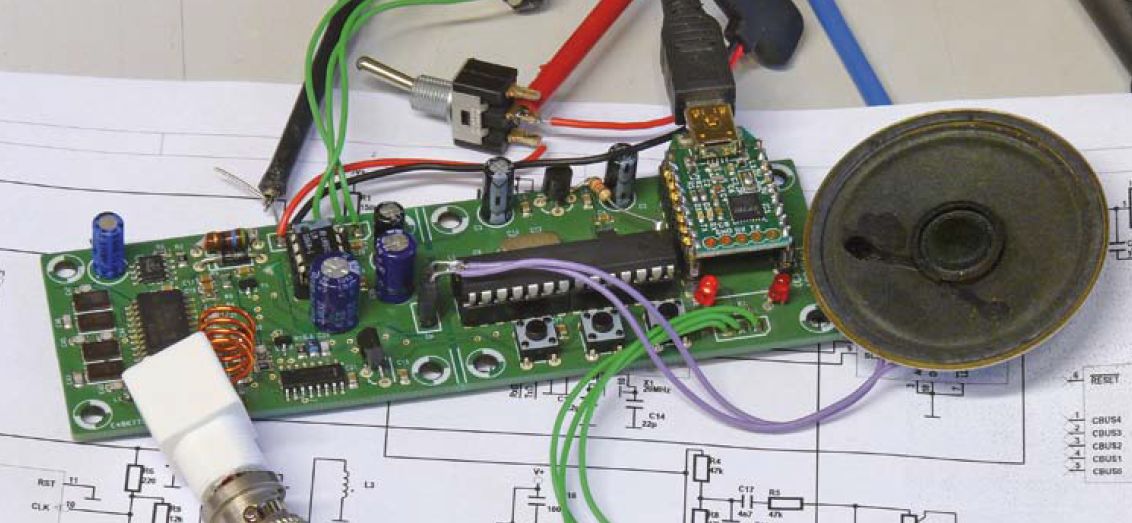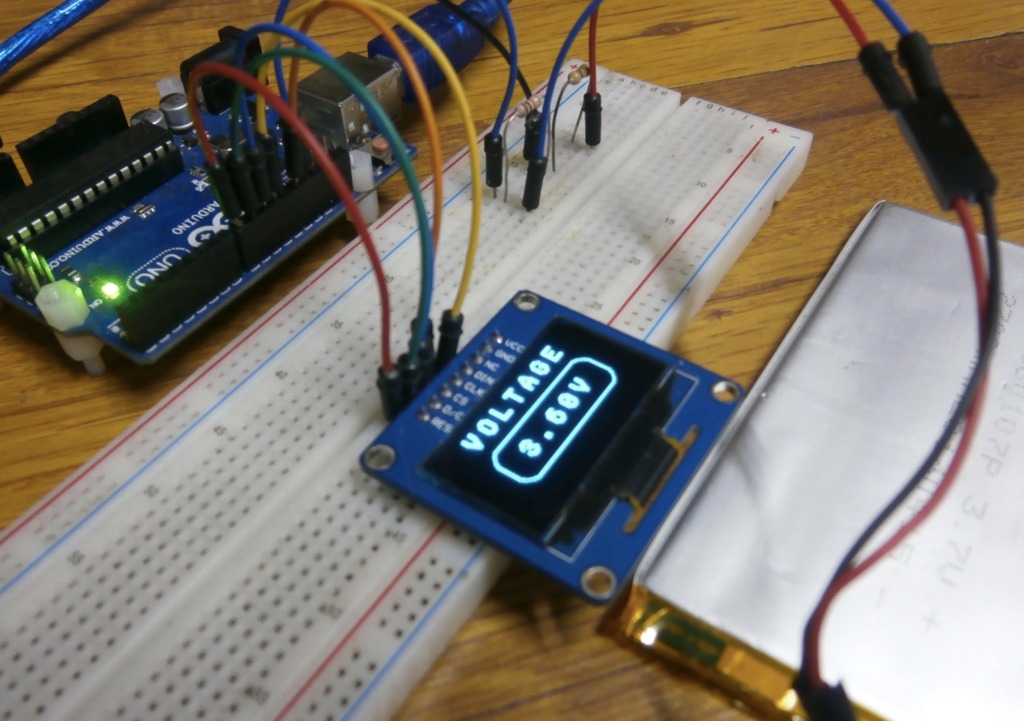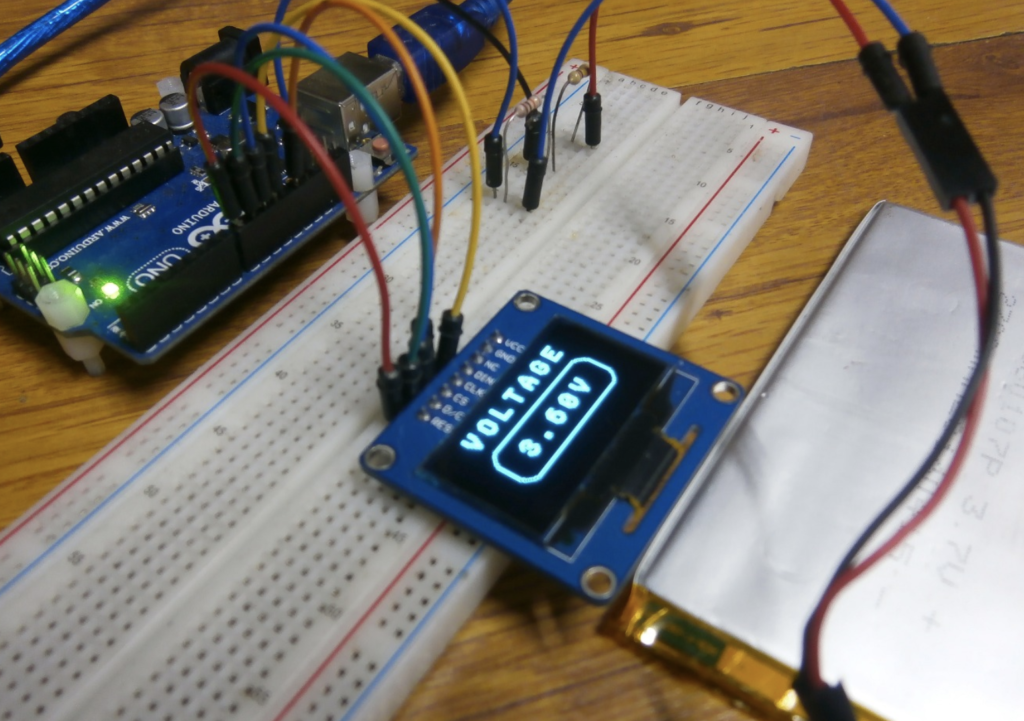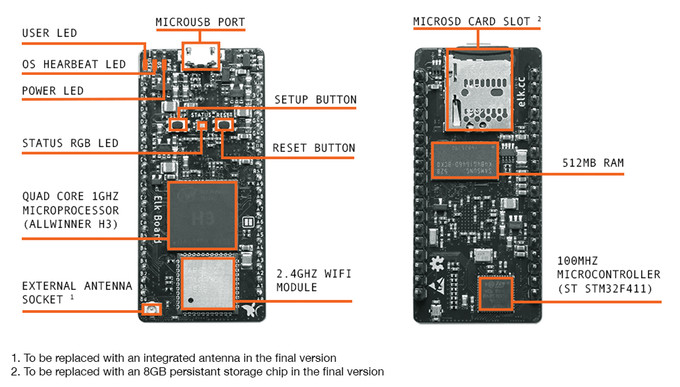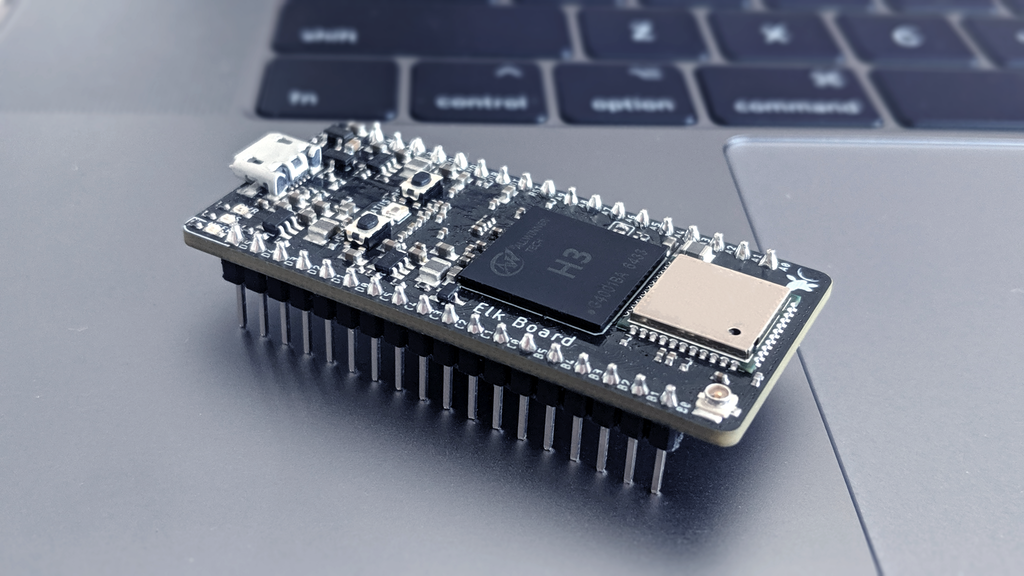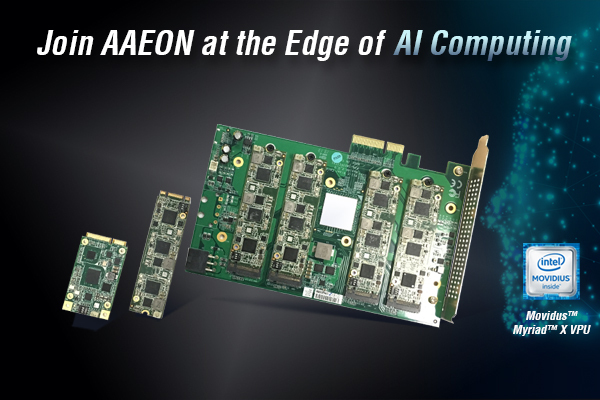
AAEON, an award winning leader in AI@Edge solutions, presents its AI platforms powered by Intel Movidius Myriad X. As the first company to produce an mPCIe module to feature the Intel Myriad X VPU, AAEON is continuing to lead the industry in offering powerful, flexible AI platforms with Intel solutions.
At the heart of AAEON AI solutions is the Intel Movidius Myriad X. The Intel Myriad X is a low-power high-performance VPU capable of a wide range of AI applications, from controlling drones to performing industrial inspections. The Myriad X is capable of processing speeds up to 105 fps (80 typical) and 1 TOPS as a dedicated neural network accelerator. The Intel Myriad X is compatible with Intel OpenVINO, making it easy to setup and run AI inference software.
By working closely with Intel, AAEON has developed a wide range of AI solutions powered by Intel Myriad X. From modules to boards and systems, AAEON provides flexibility and scalability that is unparalleled. AAEON continues to lead development of new platforms and solutions built for AI in industry and at the edge.
AAEON’s innovative line of AI modules powered by Intel Movidius Myriad X, the AI Core X family, offers a range of scalable solutions to give existing platforms an AI boost to perform at the edge. AAEON offers powerful solutions such as the AI Core X, the first mPCIe module to feature Intel Myriad X; AI Core XM2280, an M.2 22×80 module with two Myriad X VPUs; and our latest solution, the AI Core XP4 and XP8 PCIe [x4] card. The AI Core XP4 and XP8 offer between four and eight Intel Myriad X VPUs, providing flexibility and scalability for any PC platform.
AAEON offers embedded board solutions with AI power including the GENE-APL7 subcompact board and EPIC-KBS9 single board computer. The GENE-APL7 offers customers flexibility with two mPCIe mini Card slots, support for up to ten USB ports or ten COM ports, perfect for applications with need for a large number of I/O devices such as smart retail or banking. The EPIC-KBS9 SBC offers customers AI scalability with its PCIe [x4] slot and support for 7th Generation Intel Core processors. The EPIC-KBS9 can power high-performance applications such as visual defect inspection.
AAEON brings the power of AI@Edge to network video recording applications with the VPC-5600S with AI Core X. Built for in-vehicle computer and smart security applications, the VPC-5600S features the powerful 7th Generation Intel Core processors. It also features a wide array of I/O ports, with eight POE ports, four USB 3.0 and two LAN ports, supporting up to fourteen network cameras. With the AI Core X, the VPC-5600S brings AI@Edge solutions to security and monitoring, powering Virtual Fence technology for motion detection, foot traffic and flow monitoring, and other smart monitoring applications.
AAEON provides high performance AI processing with the FWS-8600. Powered by the Second Generation Intel Xeon SP processors, which feature Intel Deep Learning Boost, the FWS-8600 supports up to two AI Core XP8 PCIe [x4] cards. That’s a total of 16 Intel Myriad X VPUs built to deliver high computing performance for the most demanding of industrial applications. Capable of supporting over 200 IP cameras, the FWS-8600 with AI Core XP8 can power multiple AI@Edge applications simultaneously, including automated warehouse and logistical processing, production line monitoring, and even door security and access control, all at the same time with one machine.
Launching summer 2019 is the newest line of AI@Edge systems from AAEON, the BOXER-8300AI series of Intel Myriad X AI@Edge embedded systems. Built for the harsh environments of industrial applications, the BOXER-8300AI series powers AI Edge computing applications for worker safety, license plate identification, and visual inspection (AOI). It’s easy to find a system to match your application’s needs, whether it’s the BOXER-8310AI powered by AI Core X, the BOXER-8320AI with two Intel Myriad X VPUs, or the BOXER-8330AI featuring the AI Core XP4 or XP8. The BOXER-8300AI series features compatibility with Intel OpenVINO, a rich compliment of I/O ports for cameras and sensors, and improved thermal performance and operation over standard AI products.
For customers in need of a more creative AI Edge solution, AAEON’s UP Squared AI Developer Kit brings the power of Intel Myriad X in a compact size that’s ready to go the moment you take it out of the box. Available as a complete system or board, the UP Squared AI Developer Kit comes preloaded with Windows 10 and Intel OpenVINO toolkit, and includes an EverFocus USB Camera.
Coming soon to AAEON’s UP Board line is the UP Xtreme, powered by the 8th generation of Intel Core processors, formerly Whiskey Lake. Built with expandability in mind, the UP Xtreme can support up to six Intel Myriad X VPUs with AI Core X, AI Core XM2280 and the Vision Plus X card. It offers power for a range of solutions from machine vision applications to a compact but powerful Edge Server solution.
As with all of our products, AAEON offers manufacturer services and OEM/ODM support. From custom configurations to building a solution to fit the unique requirements of your application, AAEON provides end-to-end hardware support and solutions.
AAEON is leading the industry in AI@Edge with innovative designs featuring Intel Myriad X and award winning solutions powering the next generation of industrial AI and AI Edge applications. You can find out more by visiting our Intel Solutions web page on AAEON.com.


